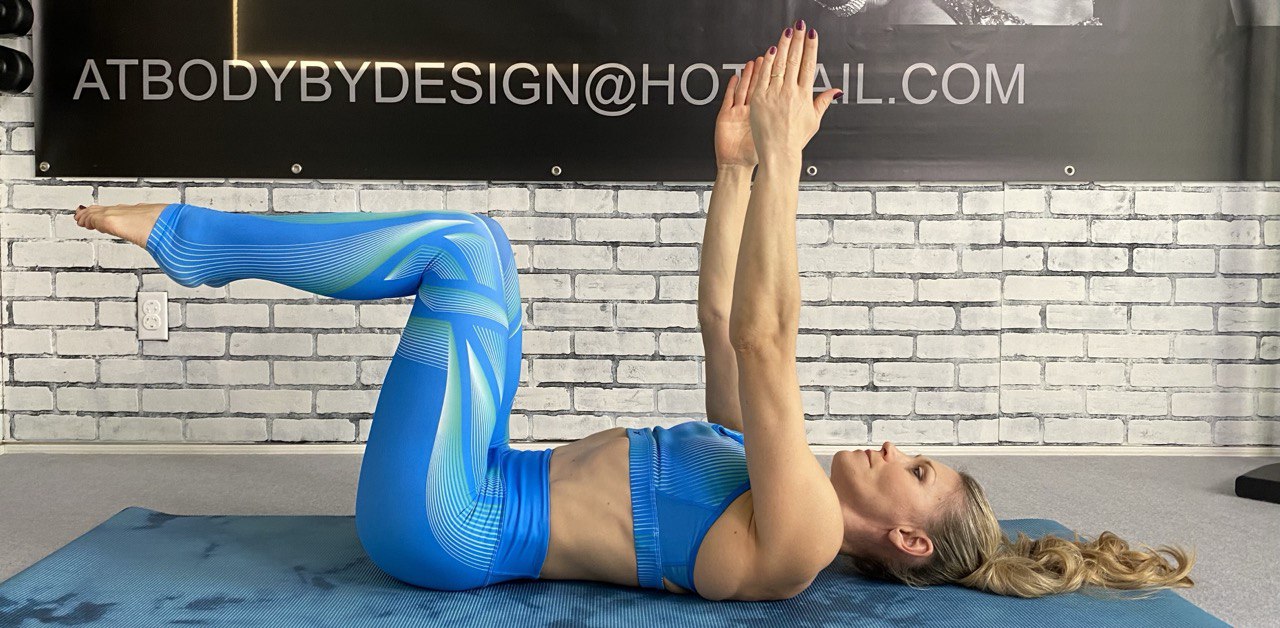
Achieving well-defined abdominal muscles is a common goal for many individuals focused on health and aesthetics. A toned midsection not only enhances one's silhouette but also contributes to overall physical well-being. In this article, we'll explore common misconceptions and barriers to developing strong abs, and provide effective strategies and exercises to help you achieve your desired results.
Why Do People Struggle to Develop Abdominal Muscles?
While the concept of strengthening the abdominal muscles might seem straightforward, many encounter challenges along the way. Despite dedicating time to strength exercises, monitoring caloric intake, and reducing carbohydrates, some individuals fail to see the desired outcomes. Several factors could be at play:
1. Overtraining the Abs
A prevalent mistake is excessively frequent abdominal workouts. The belief that "more is better" doesn't hold true here. Fitness experts have determined that training the abs three times a week can be as effective as daily sessions. Focusing on the quality of exercises rather than sheer quantity is key to achieving noticeable results.
2. Repetitive Workout Routines
For abdominal exercises to remain effective, they must be varied. Repeating the same routine leads the body to adapt, causing progress to plateau. To prevent stagnation, introduce diversity into your workouts. For instance, incorporate running to reduce excess fat one day, and use weights the next. This approach is feasible even when performing ab exercises at home.
3. Isolating Specific Muscles
Achieving a strong core requires more than just torso crunches. The abdominal region includes oblique and transverse muscles that also need attention. Additionally, incorporating back exercises ensures balanced muscle development.
A crucial point regarding crunches: the upper point of the abdomen is located midline under the chest, and the lower point slightly below the navel. Proper execution of crunches involves bringing these two points closer together. Failure to do so may result in undue strain on the lower back.
4. Nutrition's Role
A flat abdomen isn't solely the result of exercise; proper nutrition plays a vital role. Combining physical activity with a balanced diet is essential. Reduce intake of unhealthy fats, simple carbohydrates, and processed foods like chips and soda. Emphasize protein-rich foods, fiber, and complex carbohydrates to support your fitness goals.
Strategies for Efficient Abdominal Training
Effective abdominal training involves more than just performing exercises; it requires mindful techniques and strategic approaches:
1. Emphasize Quality
Focus on the quality of each movement. Ensure maximum engagement of the abdominal muscles with every repetition. Initiate the upward movement during crunches on an exhale, activating the transverse muscle before lifting the upper body. After completing a set, stretch the abdominal muscles by lying on your stomach. Aim for 20-30 controlled repetitions per set, maintaining constant tension, and perform up to five sets.
2. Incorporate Supersets
Select 3-4 different exercises targeting various parts of the abdominal region. Perform each exercise consecutively without rest, creating a superset. This method ensures comprehensive engagement of all abdominal muscles and can enhance workout efficiency.
3. Utilize Weighted Exercises
Introducing additional resistance can intensify abdominal workouts. Use weights or resistance bands to increase the challenge. However, prioritize proper form to prevent injury and ensure effective muscle engagement.
Effective Abdominal Exercises
Here are some exercises to incorporate into your routine:
1. Plank Variations



Planks engage multiple muscle groups, including the core, shoulders, and back. Maintain a straight line from head to heels, keeping the core tight. Hold the position for 30-60 seconds, gradually increasing duration as strength improves.
2.Dead Bug — A foundational exercise for core activation
This controlled movement helps engage deep abdominal muscles and improve coordination and spinal stability.


3.Lying Crunches — A functional abdominal exercise
Performed while lying on your back, crunches target the upper abdominal muscles. Proper form is essential to avoid neck or lower back strain.


Final Tips for Ab Development
- Consistency is key. Visible results come from regular effort over time. Try to work your core 3–4 times per week.
- Combine strength and cardio. Ab muscles may be strong but hidden under a layer of fat. Incorporate cardio to burn excess body fat.
- Prioritize recovery. Allow muscles to rest and recover between workouts for optimal growth and function.
- Focus on posture. Even outside of workouts, engaging your core throughout the day (especially while sitting or walking) helps maintain tone and strength.
- Hydration and sleep are just as crucial. Your body performs better and recovers faster when you’re well-rested and properly hydrated.
In Conclusion
Beautiful, strong abs are the result of a balanced, thoughtful approach that includes quality workouts, proper nutrition, and consistent dedication. There’s no need to overtrain or rely solely on endless crunches — instead, listen to your body, diversify your routine, and nourish yourself well.
A well-structured program, like the ones offered by Alya Titarenko, can guide you step-by-step, helping you reach your goals safely and effectively — without burnout.
You’re just a few good habits away from your best self — start today! 💪✨